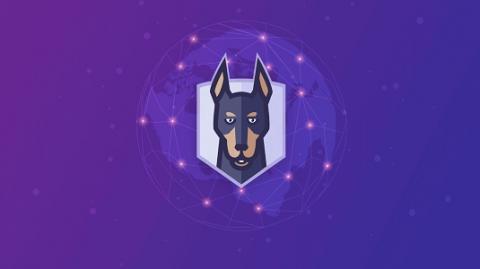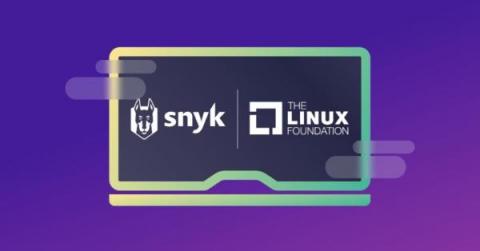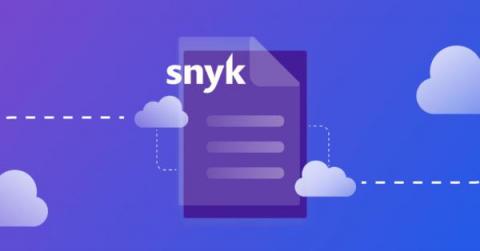Testing effectively in Terraform
Terraform is an infrastructure as code (IaC) solution that enables DevOps teams to use coding concepts to automatically deploy on-premise or public cloud infrastructure components. These components may include virtual machines, network components, storage, applications, or database services. Terraform provides HashiCorp Language (HCL).











